When Frank Ward of Port Townsend, Washington, retired after his career as a healthcare cybersecurity consultant, he had a plan for putting his free time to good use and carried it out with enthusiasm. He joined a learn-to-row class at the local rowing club; soon afterward he served on the club’s board. He enrolled in the Northwest School of Wooden Boatbuilding. He did so well as a student there that he was named as one of two teaching assistants for the following year. The strongback extended its plywood top across the workbench.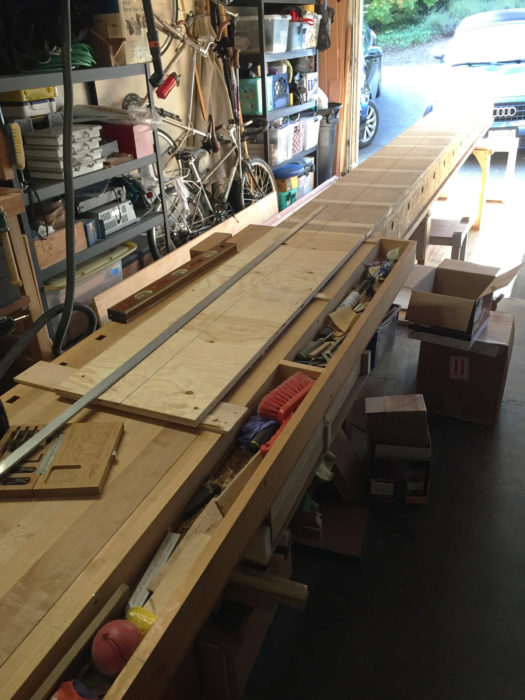 Photographs courtesy of Frank and Cathy Ward
Photographs courtesy of Frank and Cathy Ward
Join The Conversation
We welcome your comments about this article. To include a photo with your remarks, click Choose File below the Comment box.

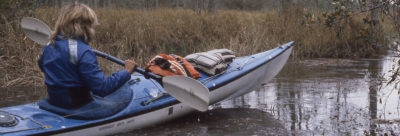
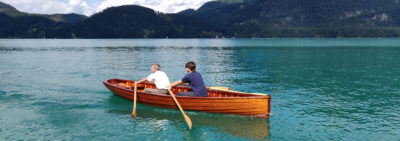
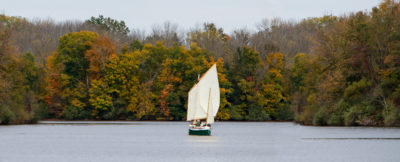
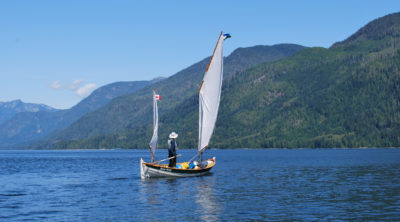
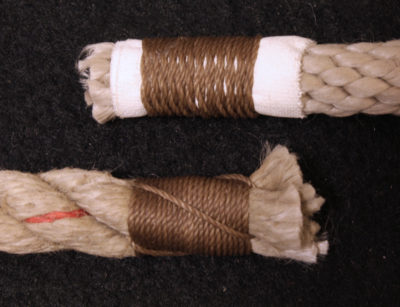
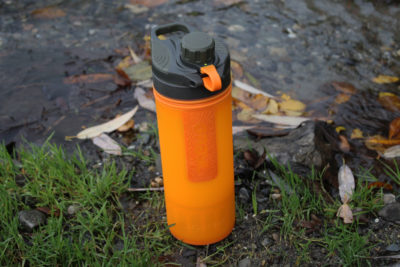
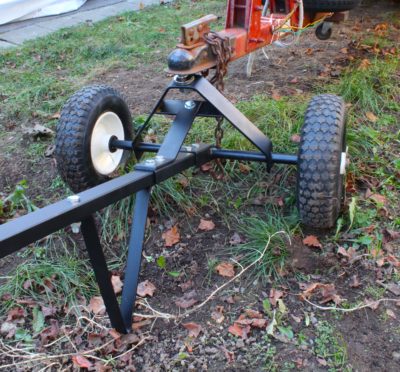
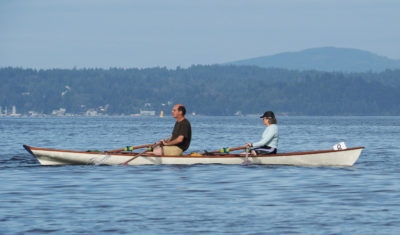
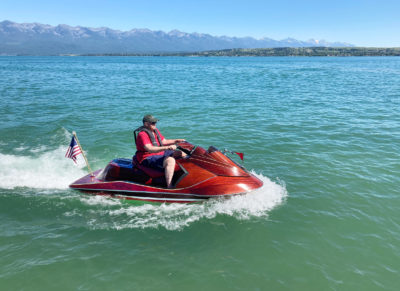
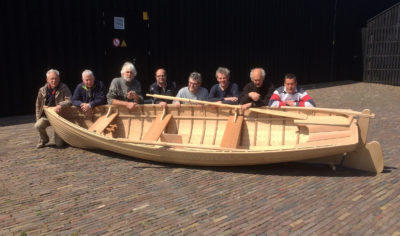


Il motto (che va pronunciato con l’accento sulla “i”: festìna lente) venne associato al simbolo della tartaruga con vela da Cosimo I de’ Medici, che nel XVI secolo ne fece l’emblema della sua flotta, come monito di ponderazione delle imprese perché avessero successo. La tartaruga, animale famoso per la sua lentezza, ma anche sinonimo di prudenza, è abbinata alla vela gonfiata dal vento, ovvero ciò che spinge le navi, quindi sinonimo di forza d’azione. (da wikipedia)
In Italia sul lago di Garda c’è un mio amico che ha una barca a vela con lo stesso nome.
Bellissima costruzione, complimenti
[Ed: online translation from Italian] The name (which must be pronounced with the accent on the “i”: festìna lente) was associated with the symbol of the turtle with sail by Cosimo I de’Medici, who in the 16th century made it the emblem of his fleet, as a warning of weighting of companies to succeed. The turtle, an animal famous for its slowness, but also a synonym of prudence, is combined with the sail blown by the wind, which is what drives ships, therefore synonymous with force of action. (from wikipedia)
In Italy, on Lake Garda, a friend of mine has a sailboat with the same name.
Beautiful building, congratulations
Lovely article, and an inspiring work by the builder.
Festína lente – A wonderful saying, and a beautiful boat.
Love the build. Beautiful work. A few questions:
Was the finished weight of the strip-planked version lighter or heavier than a stitch/glue ply version?
Did the builder keep plans for the oar/sliding seat rigging?
Can the strip-planked version be rigged for a single rower, like the ply version?
I’m researching options for a light-weight, open water single/double expedition-style sliding-seat rowing boat. Not a ton of choices out there. I’m currently evaluating the Derwent Double, but I’ve always loved the Annapolis Wherry.
What impresses me most is the patience of the builder. So many details, so many opportunities for a mistake. so many steps to complete. To stay motivated to continue on onward day by day without resorting to ‘rushing’ a few steps (and then regretting it afterwards). The building process has to be at least as much mental as physical. It helps to love the process as much as the result.
(And I am personally building my twelfth boat).